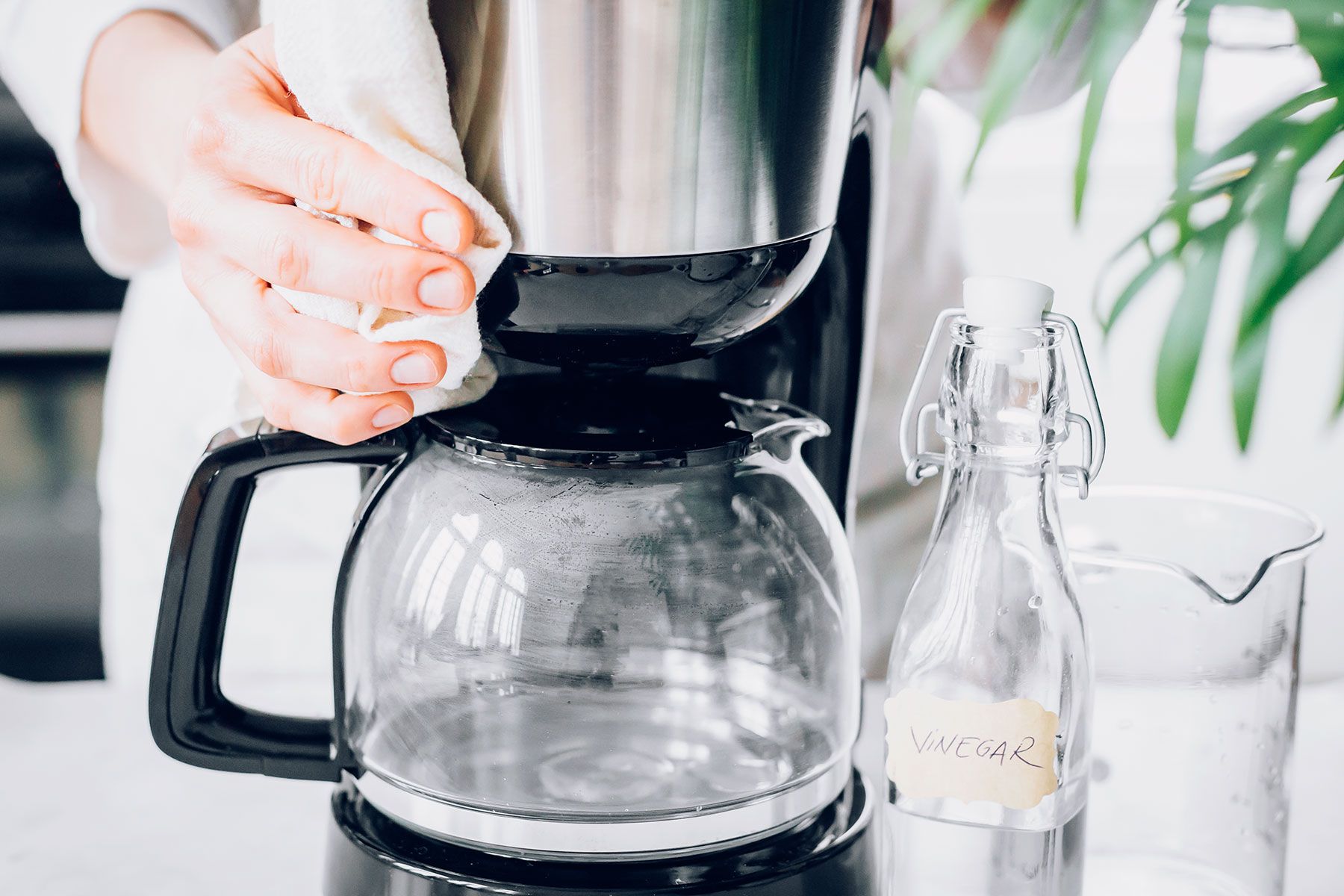

Articles
How Often To Clean Coffee Machine
Modified: August 25, 2024
Looking for articles on how often to clean your coffee machine? Find expert tips and guidelines on maintaining your coffee maker for optimal performance.
(Many of the links in this article redirect to a specific reviewed product. Your purchase of these products through affiliate links helps to generate commission for Storables.com, at no extra cost. Learn more)
Introduction
Welcome to the world of coffee lovers! There’s nothing quite like the aroma of freshly brewed coffee in the morning to kickstart your day. But to ensure that every cup of coffee is a delight, it’s essential to keep your coffee machine clean and well-maintained. Regular cleaning not only enhances the flavor of your brew but also extends the lifespan of your beloved coffee machine.
In this article, we will delve into the importance of regular cleaning, factors that affect cleaning frequency, and provide you with some general guidelines and routines for maintaining a clean coffee machine. Whether you have an espresso machine, a drip brewer, or a single-serve pod system, these tips will help you keep your coffee machine working at its best and deliver delicious cups of coffee every time.
So, let’s dive in and explore the world of coffee machine maintenance!
Key Takeaways:
- Regular cleaning of your coffee machine is crucial for preserving flavor, extending its lifespan, and ensuring health and safety. Incorporate daily, weekly, and monthly cleaning routines for optimal maintenance.
- Factors such as usage, coffee type, water quality, and manufacturer recommendations influence the frequency of cleaning. Follow specific guidelines, including descaling, cleaning removable parts, and using filtered water, to maintain a clean and efficient coffee machine.
Read more: How Often Descale Coffee Machine
Importance of Regular Cleaning
Regular cleaning of your coffee machine is crucial for several reasons. Here are a few key reasons why maintaining a clean coffee machine is important:
1. Flavor and Aroma: Over time, oils and residues from coffee beans can accumulate in your machine, leading to a buildup of bitter and stale flavors. By regularly cleaning your coffee machine, you can ensure that each cup of coffee is fresh, flavorful, and aromatic.
2. Prolonged Lifespan: A well-maintained coffee machine is likely to have a longer lifespan. Neglecting cleaning can result in clogged filters, pipes, and valves, which can cause the machine to malfunction or break down altogether. Regular cleaning helps prevent such issues and extends the life of your coffee machine.
3. Health and Safety: A dirty coffee machine can become a breeding ground for bacteria, mold, and other harmful microorganisms. These contaminants can contaminate your coffee and potentially lead to health issues. Regular cleaning ensures that your coffee machine remains a hygienic and safe appliance for use.
4. Consistency: Clean equipment is essential for maintaining consistent brewing results. Any buildup of sediments or residues can interfere with the water flow, affecting the temperature, pressure, and extraction of the coffee. Regular cleaning helps maintain these variables, resulting in consistent and high-quality coffee with every brew.
5. Saves Money: Neglecting regular cleaning can lead to expensive repairs or even the need for a new coffee machine. By investing a little time and effort into regular cleaning, you can prevent issues that may require professional intervention and save money in the long run.
Remember, the importance of regular cleaning applies to all types of coffee machines, whether it’s an espresso machine, drip brewer, or single-serve pod system. Taking care of your coffee machine is essential to preserve its performance, enjoy the best flavor, and ensure the health and safety of your coffee-drinking experience.
In the next section, we will discuss the factors that affect the frequency of cleaning your coffee machine, helping you determine how often you should perform this important maintenance task.
Factors that Affect Cleaning Frequency
The frequency at which you should clean your coffee machine can vary depending on several factors. Here are some key factors that affect the cleaning frequency:
1. Usage: The more frequently you use your coffee machine, the more frequently it will need cleaning. If you’re an avid coffee drinker or have a high-traffic environment such as a coffee shop or office, you’ll likely need to clean your machine more often compared to occasional users.
2. Coffee Type: Different types of coffee can leave behind varying levels of oils and residues. For example, if you use dark roast or oily coffee beans, they may leave more residue in your machine than lighter roasts. Similarly, if you frequently brew flavored coffees or use sweeteners and syrups, the machine may require more frequent cleaning to remove any sticky residues.
3. Water Quality: The quality of water used in your coffee machine can affect cleaning frequency. Hard water, which contains mineral deposits, can lead to limescale buildup in the machine. If you have hard water in your area, it’s recommended to clean your machine more frequently to prevent limescale accumulation.
4. Manufacturer Recommendations: Each coffee machine may have specific cleaning recommendations provided by the manufacturer. It’s important to refer to the user manual or guidelines to understand the recommended cleaning frequency for your specific machine model.
5. Care and Maintenance: Regular maintenance and care can influence how frequently you need to clean your coffee machine. Proper daily maintenance, such as rinsing components, emptying and cleaning the drip tray, and wiping down surfaces, can help prevent excessive buildup and extend the time between deep cleanings.
It’s important to consider these factors and assess the condition of your coffee machine regularly. Monitoring the taste and quality of your coffee, as well as inspecting the machine for any signs of residue, buildup, or malfunction, can help you determine if it requires cleaning.
In the following sections, we will provide you with general guidelines and routines for cleaning your coffee machine based on these factors. Remember, these are general recommendations, and it’s always best to consult your machine’s user manual for specific instructions from the manufacturer.
General Guidelines for Cleaning Coffee Machines
Keeping your coffee machine clean doesn’t have to be a daunting task. By following these general guidelines, you can ensure that your coffee machine stays in optimal condition:
1. Read the User Manual: Start by thoroughly reading the user manual or instructions provided by the manufacturer. Every coffee machine is unique, and the manual will provide specific guidance on how to clean and maintain your particular model.
2. Regular Daily Cleaning: It’s important to incorporate daily cleaning into your coffee machine routine. After each use, rinse out any removable parts, such as the filter basket or carafe, to remove any coffee grounds or residue. Wipe down the exterior of the machine and the brewing area to remove any spills or splatters.
3. Empty and Clean the Drip Tray: The drip tray collects excess water and coffee drips. Empty and clean the drip tray regularly to prevent the growth of bacteria or mold. Use a mild soap and warm water to clean the tray thoroughly.
4. Clean the Water Reservoir: The water reservoir should be cleaned regularly to remove any buildup of minerals or impurities. Empty the reservoir, rinse it out, and wipe it clean. If you have hard water, consider using a descaling solution recommended by the manufacturer.
5. Replace Filters: If your coffee machine has a built-in water filter, replace it according to the manufacturer’s instructions. This helps maintain water quality and prevents the accumulation of mineral deposits.
6. Deep Cleaning: In addition to daily maintenance, it’s important to perform a deep cleaning of your coffee machine on a regular basis. This involves disassembling, cleaning, and descaling various components of the machine to remove any stubborn residue or buildup.
7. Descaling: Descaling is an essential part of deep cleaning and should be performed regularly, especially if you have hard water. Use a descaling solution or a mixture of equal parts water and white vinegar to remove mineral deposits and limescale. Follow the manufacturer’s instructions for descaling your specific coffee machine.
8. Clean the Brew Group (Espresso Machines): For espresso machines with removable brew groups, it’s important to clean and lubricate them periodically. Refer to the user manual for specific instructions on how to disassemble, clean, and reassemble the brew group.
Remember, these guidelines are general recommendations, and it’s important to refer to your coffee machine’s user manual for specific cleaning instructions from the manufacturer. Following these guidelines and routines will help you maintain a clean and well-functioning coffee machine, ensuring that each cup of coffee is brewed to perfection.
Next, we will provide you with specific routines for daily, weekly, and monthly cleaning to help you keep your coffee machine in top shape.
Daily Maintenance Routine
A daily maintenance routine is essential to keep your coffee machine in optimal condition and ensure the best taste in every cup of coffee. Here are some tasks to include in your daily cleaning routine:
1. Remove and Rinse Removable Parts: Start by removing any removable parts such as the filter basket, carafe, or water reservoir. Rinse them thoroughly with warm water to remove any coffee grounds or residue. Avoid using harsh cleaning agents that can leave a lingering taste or odor.
2. Wipe Down the Exterior: Use a damp cloth to wipe down the exterior surface of the coffee machine, including the control panel, buttons, and any other accessible areas. Pay attention to any spills or stains, and clean them promptly to prevent buildup.
3. Clean the Steam Wand (Espresso Machines): If you have an espresso machine with a steam wand, wipe it clean with a damp cloth after each use to remove any milk residue. For a more thorough cleaning, soak the wand tip in warm, soapy water, and rinse it thoroughly before wiping it dry.
4. Empty and Clean the Drip Tray: Empty the drip tray and clean it with warm, soapy water or a mild cleaning solution. This helps prevent the accumulation of bacteria or mold growth. Wipe the tray dry before reinserting it into the machine.
5. Check Water Level and Refill: Ensure that the water reservoir is adequately filled for the next use. If necessary, refill it with fresh, filtered water. Avoid using tap water if it has a high mineral content.
6. Run a Rinse Cycle (If Applicable): Some coffee machines have a self-cleaning or rinse cycle option. If your machine has this feature, run a rinse cycle after each use to flush out any remaining coffee residue.
By incorporating these daily maintenance tasks into your routine, you can keep your coffee machine clean and ready for the next brewing session. This regular upkeep will help prevent the buildup of oils, residue, and bacteria, ensuring that your coffee always tastes its best.
In the next section, we will discuss a weekly cleaning routine to complement your daily maintenance and further maintain the cleanliness of your coffee machine.
It’s recommended to clean your coffee machine at least once a month to prevent buildup of coffee oils and mineral deposits. If you use it frequently, consider cleaning it more often to maintain the quality of your coffee.
Read more: How Often To Clean An Espresso Machine
Weekly Cleaning Routine
In addition to the daily maintenance routine, it’s important to incorporate a weekly cleaning routine to keep your coffee machine in top shape. Here are some tasks to include in your weekly cleaning routine:
1. Descale the Coffee Machine: Descaling is an essential step in maintaining the performance and longevity of your coffee machine. Use a descaling solution recommended by the manufacturer or a mixture of equal parts water and white vinegar. Follow the instructions provided by the manufacturer to descale your specific machine. This process helps remove mineral deposits and limescale buildup, ensuring optimal performance and preventing clogs.
2. Clean the Brew Basket: The brew basket is where the coffee grounds are placed for brewing. Remove the brew basket and clean it thoroughly with warm, soapy water. Pay attention to any clogs or residue buildup and scrub gently to remove them. Rinse the brew basket and let it dry before reinserting it into the machine.
3. Wipe the Carafe: If you have a glass or thermal carafe, wash it with warm, soapy water, and rinse it thoroughly. Pay attention to any stains or residue and use a soft sponge or cloth to remove them. If the carafe is dishwasher-safe, you can also place it in the dishwasher for cleaning.
4. Clean the Coffee Machine Exterior: Take a damp cloth and wipe down the entire exterior of the coffee machine, including the control panel, buttons, and surfaces. Pay attention to any spills or stains and clean them thoroughly to prevent buildup. Avoid using abrasive cleaners or scrub brushes that can damage the machine’s surface.
5. Check and Replace Filters: If your coffee machine has built-in filters, check them to see if they need replacement. Follow the manufacturer’s instructions on when and how to replace the filters. This helps maintain water quality and prevent buildup in the machine.
6. Inspect and Clean Water Reservoir: Remove the water reservoir and give it a thorough cleaning with warm, soapy water. Pay attention to any residue or mineral deposits that may have accumulated. Rinse it thoroughly and let it air dry before reinserting it into the machine.
By performing these weekly cleaning tasks, you can prevent the buildup of residues, remove mineral deposits, and ensure the longevity and optimal performance of your coffee machine. This routine will help maintain the best flavor in your coffee and ensure a consistently enjoyable brewing experience.
In the next section, we will discuss a monthly deep cleaning routine to provide a more thorough cleaning for your coffee machine.
Monthly Deep Cleaning Routine
To complement your daily and weekly cleaning routines, it’s important to incorporate a monthly deep cleaning routine for your coffee machine. This thorough cleaning helps remove any stubborn residues, mineral deposits, and buildup that may have accumulated over time. Here’s a step-by-step guide for the monthly deep cleaning routine:
1. Disassemble Removable Parts: Start by disassembling any removable parts of your coffee machine, such as the filter basket, carafe, water reservoir, and drip tray. Refer to the user manual for instructions on how to disassemble these components properly.
2. Soak and Clean Removable Parts: Fill a sink or basin with warm water and a mild cleaning solution. Place the removable parts in the solution and let them soak for a few minutes to loosen any residues. Use a sponge or soft brush to scrub the parts and remove any stubborn buildup. Rinse them thoroughly with water and let them air dry.
3. Deep Clean the Brew Basket and Showerhead: Focus on cleaning the brew basket and the showerhead, as these areas can harbor residue and oils. Use a small brush or toothbrush to scrub these components with warm, soapy water. Pay attention to any clogs or buildup and clean them thoroughly. Rinse well and dry before reassembling.
4. Descale the Coffee Machine: Perform a thorough descaling of your coffee machine using a descaling solution recommended by the manufacturer or a mixture of water and white vinegar. Follow the manufacturer’s instructions for descaling your specific machine. Run multiple cycles with the descaling solution to ensure all mineral deposits and limescale are thoroughly removed. Rinse the machine thoroughly with clean water afterward.
5. Clean the Exterior and Surfaces: Wipe down the exterior of the coffee machine, including the control panel, buttons, and surfaces, with a damp cloth. Remove any stains or residue buildup using mild soap or a non-abrasive cleaner. Pay attention to any hard-to-reach areas and corners.
6. Reassemble and Test: Once all the components are clean and dry, reassemble the coffee machine and perform a test run without coffee grounds to ensure everything is functioning properly. Run a few cycles of water through the machine to flush out any remaining cleaning residue.
Performing this monthly deep cleaning routine will help maintain the cleanliness and performance of your coffee machine. It removes tough residues, eliminates mineral deposits, and ensures that your machine is functioning optimally for the best coffee flavor and brewing experience.
In the next section, we will provide some additional tips for keeping your coffee machine clean and efficient on a regular basis.
Additional Tips for Keeping Your Coffee Machine Clean and Efficient
Aside from the regular cleaning routines, here are some additional tips to help you keep your coffee machine clean and operating efficiently:
1. Use Filtered Water: Using filtered water can help reduce mineral deposits and improve the overall taste of your coffee. Consider using a water filter pitcher or installing a water filter system to remove impurities and minerals from your water supply.
2. Avoid Stale Coffee Grounds: Always use fresh coffee grounds to ensure the best flavor. Stale or expired coffee can leave behind unpleasant residues and affect the quality of your brew. Buy coffee in small quantities and store it in airtight containers to maintain freshness.
3. Empty and Clean the Grinder: If your coffee machine has a built-in grinder, regular cleaning is crucial. Remove any remaining coffee grounds and clean the grinder at least once a month. Refer to the user manual for specific instructions on how to clean the grinder effectively.
4. Monitor Brew Time: Pay attention to the brew time of your coffee machine. If the brewing process takes longer than usual, it may indicate a potential clog or buildup. Refer to the user manual for guidance on troubleshooting and resolving issues related to the brew time.
5. Clean the Water Filter: If your coffee machine has a removable water filter, clean it regularly according to the manufacturer’s instructions. Over time, the filter can become clogged and affect the water flow and taste of your coffee. A clean filter ensures optimal performance.
6. Regularly Clean and Descale the Steam Wand (Espresso Machines): If you have an espresso machine with a steam wand, clean and descale it regularly to prevent milk residue buildup. Wipe it after each use, and perform a thorough cleaning and descaling at least once a month. Refer to the user manual for specific instructions.
7. Store Components Properly: When not in use, store removable components such as the filter basket, carafe, and water reservoir in a clean and dry area. This helps prevent the growth of mold or bacteria and ensures that the components stay in good condition.
8. Keep the Machine Dry: After cleaning, make sure to dry all parts and surfaces of the coffee machine thoroughly. Moisture can promote the growth of mold or bacteria, so it’s essential to keep the machine dry to maintain its cleanliness.
By following these additional tips and incorporating them into your coffee machine maintenance routine, you can ensure that your machine remains clean, efficient, and produces consistently delicious coffee with every brew.
To conclude, regular cleaning of your coffee machine is essential for maintaining flavor, extending its lifespan, and promoting health and safety. Incorporate daily, weekly, and monthly cleaning routines, and follow manufacturer recommendations for optimal maintenance. With proper care and attention, your coffee machine will continue to deliver the perfect cup of coffee, day after day.
Conclusion
Maintaining a clean coffee machine is essential for achieving the best tasting coffee and ensuring the longevity of your beloved appliance. Regular cleaning helps preserve flavor, prolong the lifespan of the machine, and promote health and safety.
By following the general guidelines for cleaning, including a daily maintenance routine, weekly cleaning, and monthly deep cleaning, you can keep your coffee machine in top shape. Factors such as usage, coffee type, water quality, and manufacturer recommendations can influence the frequency of cleaning.
Remember to read the user manual provided by the manufacturer for specific instructions on cleaning and maintenance. Incorporate daily tasks such as rinsing removable parts, wiping down the exterior, and emptying the drip tray. Follow the weekly routine, including descaling, cleaning the brew basket, and checking and replacing filters.
For a more thorough cleaning, perform the monthly deep cleaning routine, which involves disassembling removable parts, soaking and cleaning them, descaling the machine, and wiping down the exterior surfaces.
Additional tips such as using filtered water, avoiding stale coffee grounds, cleaning the grinder, and properly storing components can further enhance the cleanliness and efficiency of your coffee machine.
By prioritizing regular cleaning and maintenance, you’ll enjoy the full potential of your coffee machine, consistently brewing delicious cups of coffee with exceptional flavor and aroma.
Now, armed with these insights and guidelines, it’s time to give your coffee machine the attention it deserves. Incorporate these cleaning routines into your coffee brewing ritual, and savor the experience of a perfectly brewed cup of coffee every time.
Frequently Asked Questions about How Often To Clean Coffee Machine
Was this page helpful?
At Storables.com, we guarantee accurate and reliable information. Our content, validated by Expert Board Contributors, is crafted following stringent Editorial Policies. We're committed to providing you with well-researched, expert-backed insights for all your informational needs.
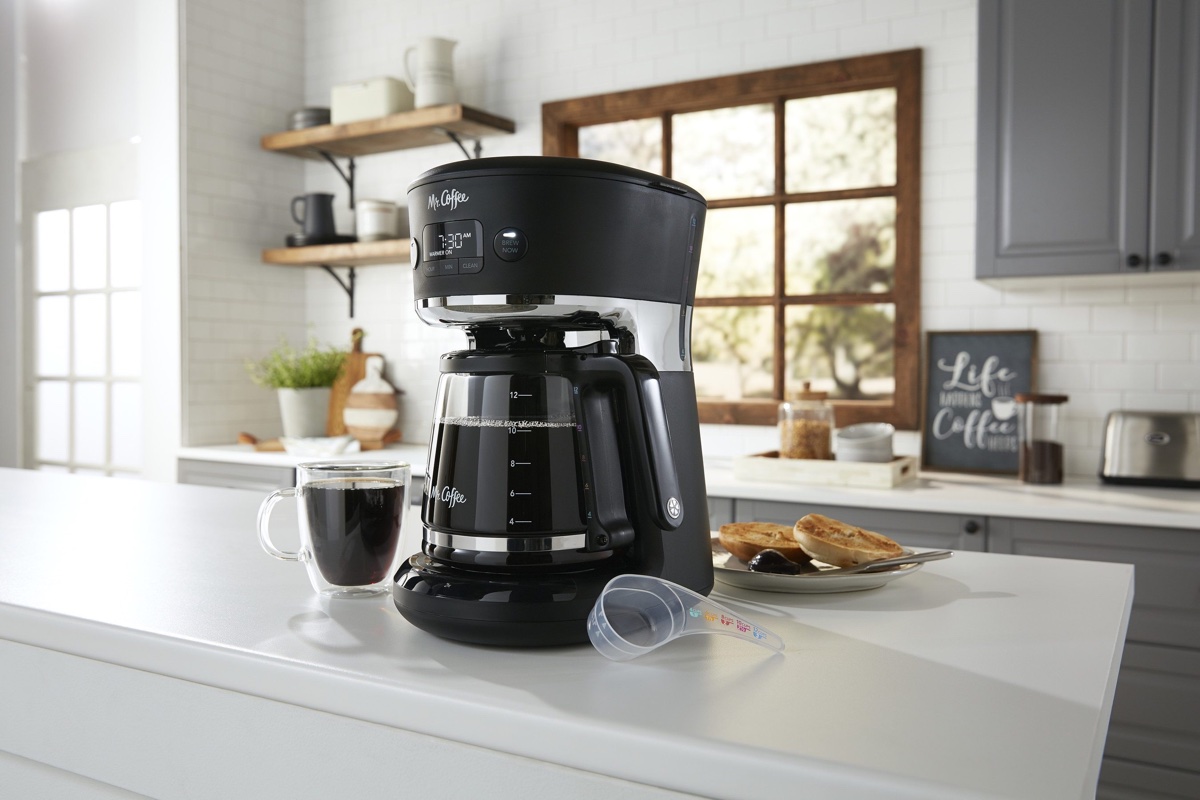
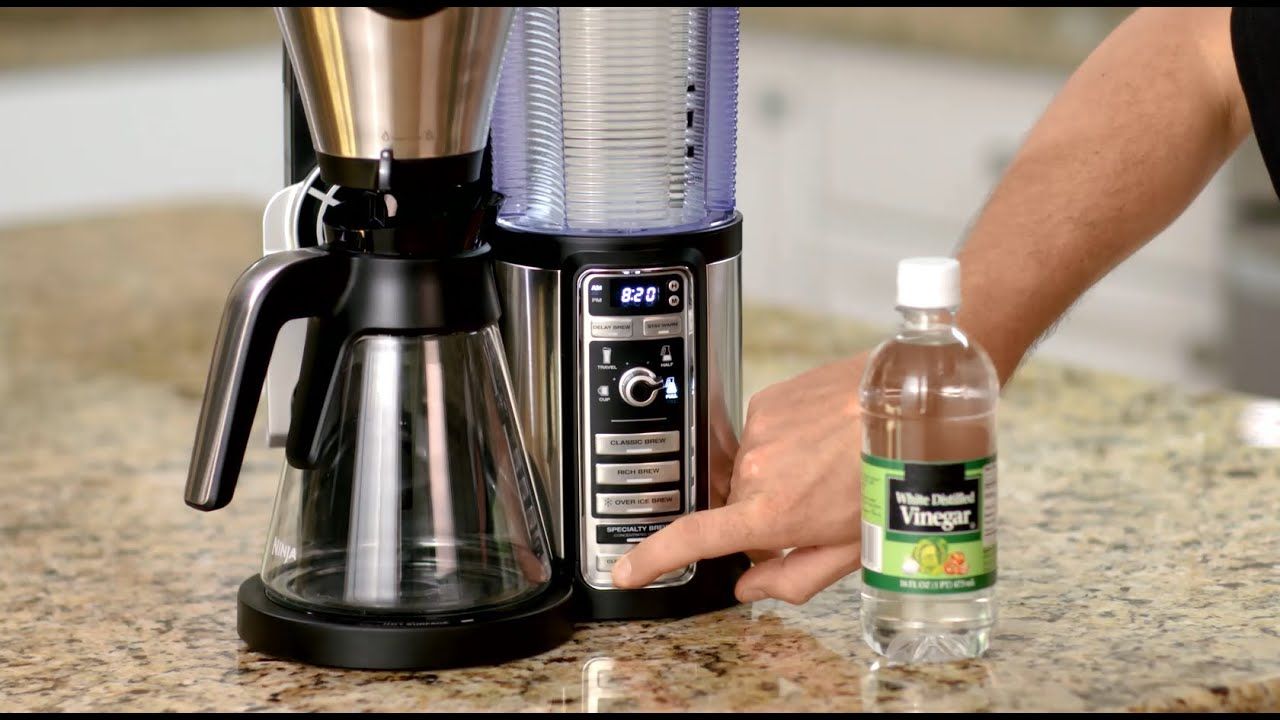
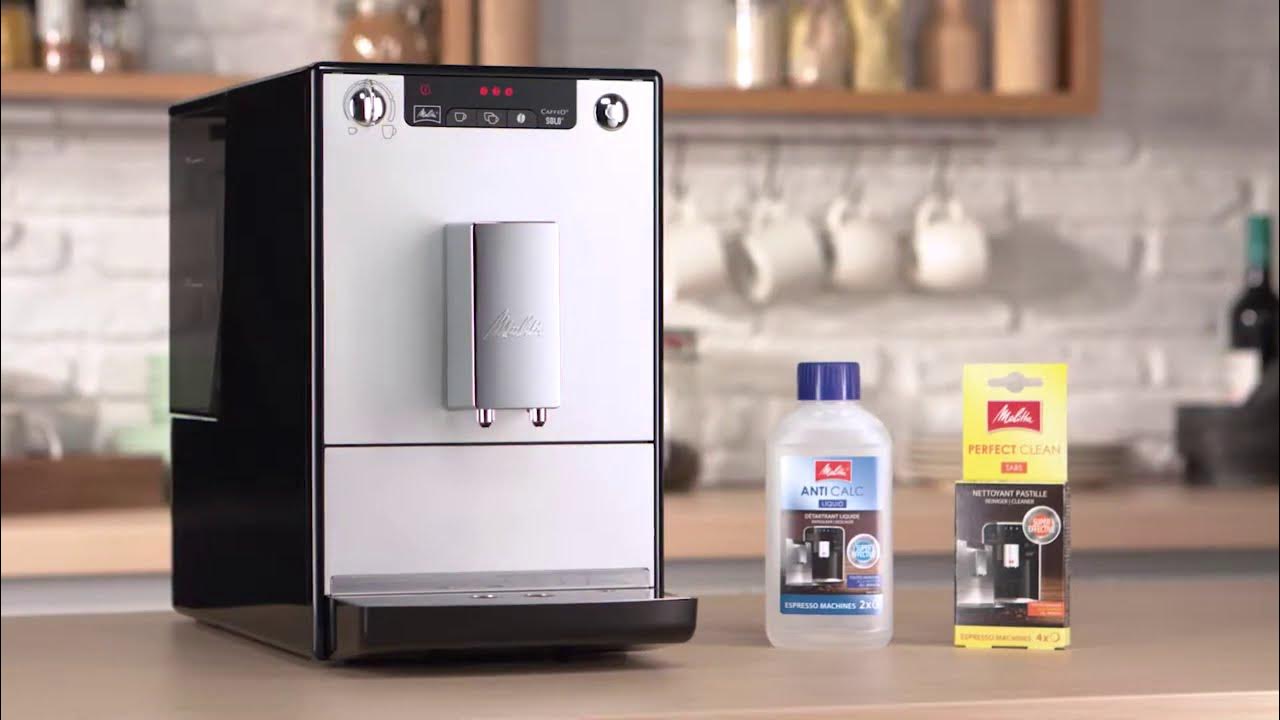
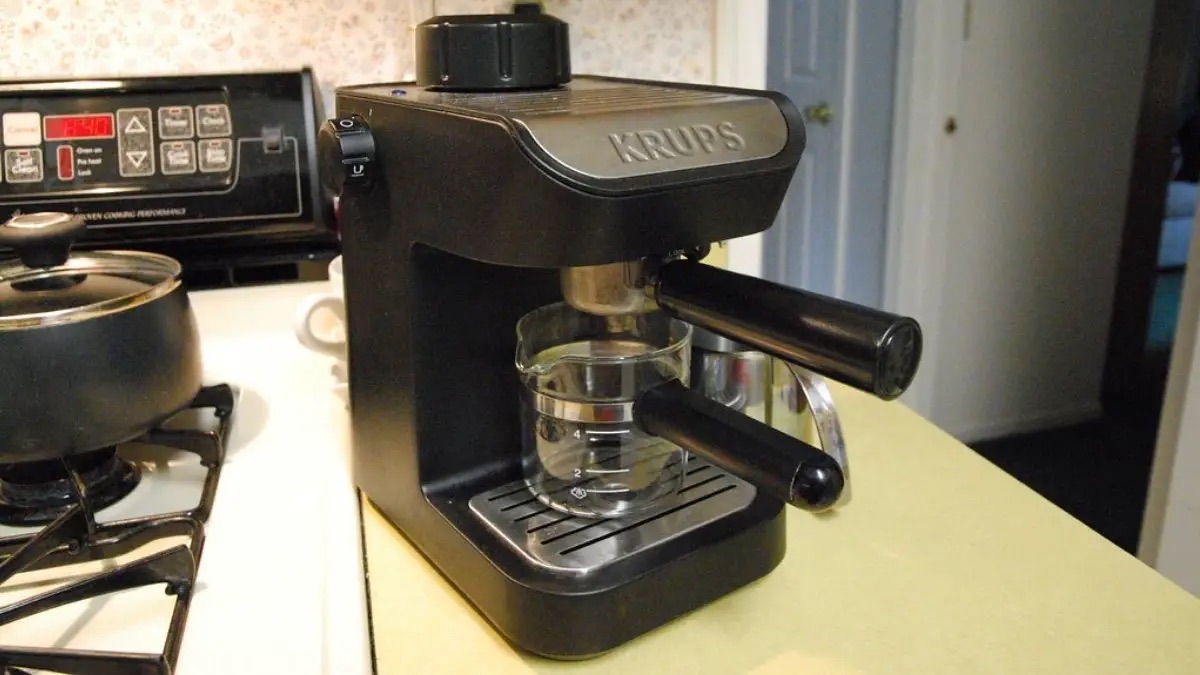
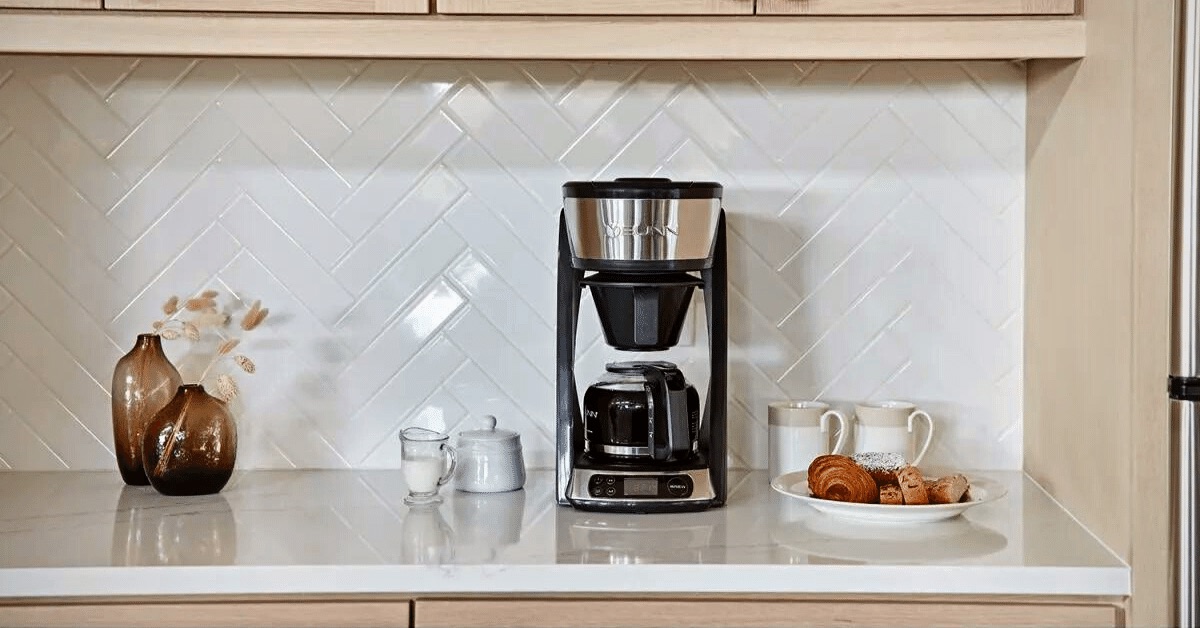
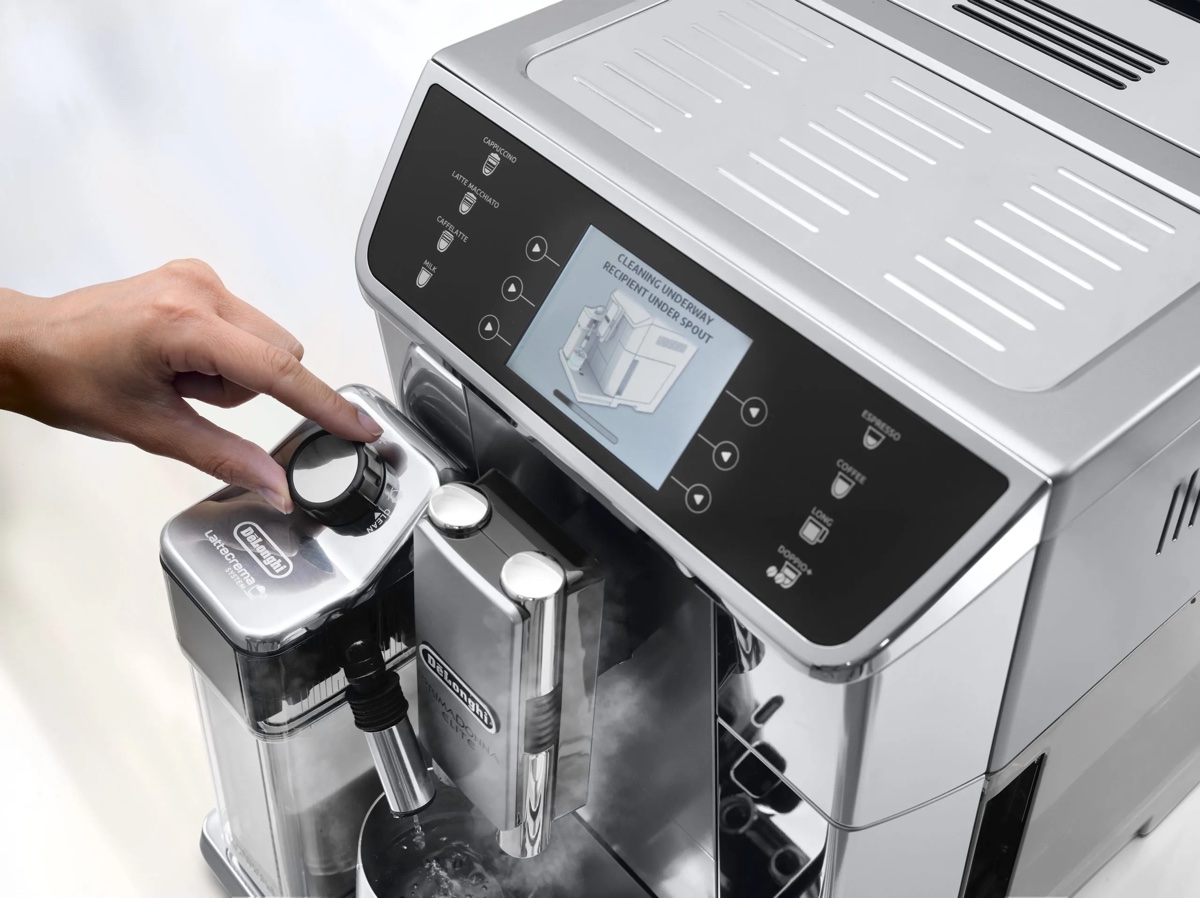
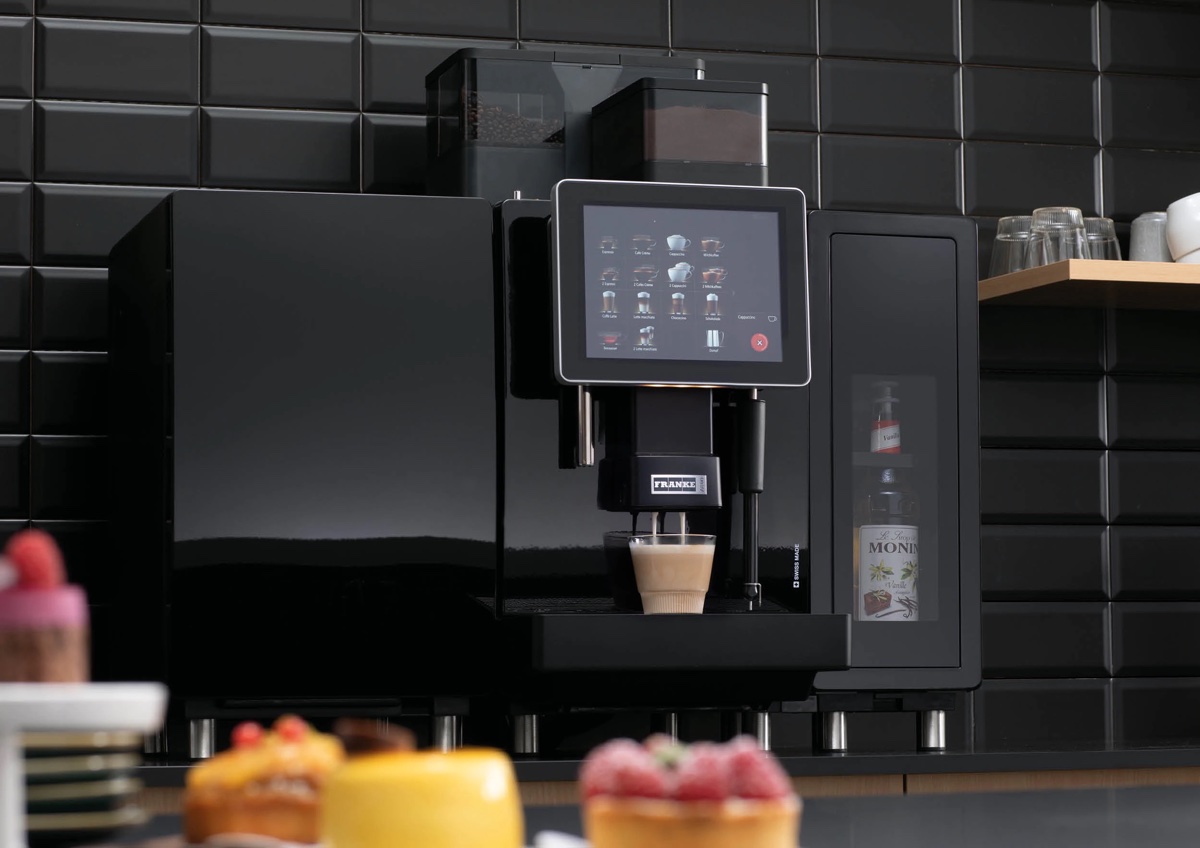
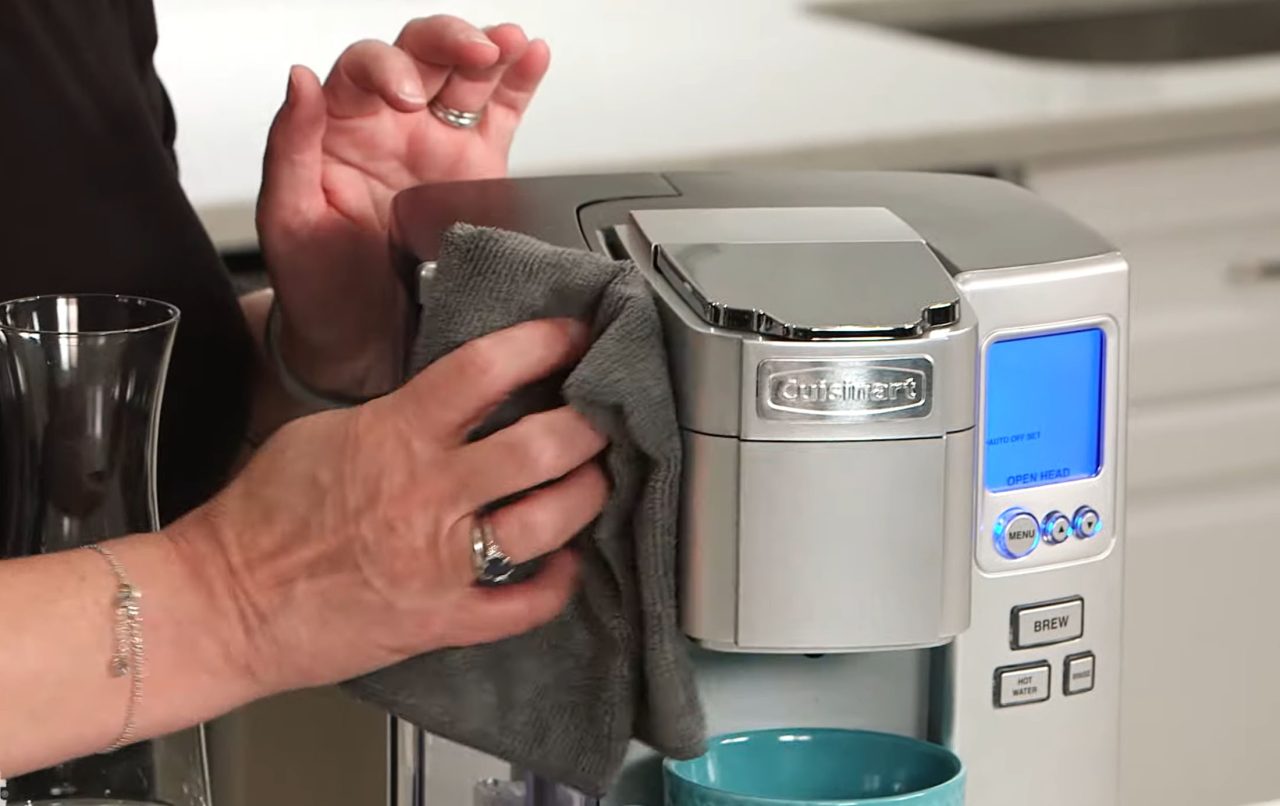
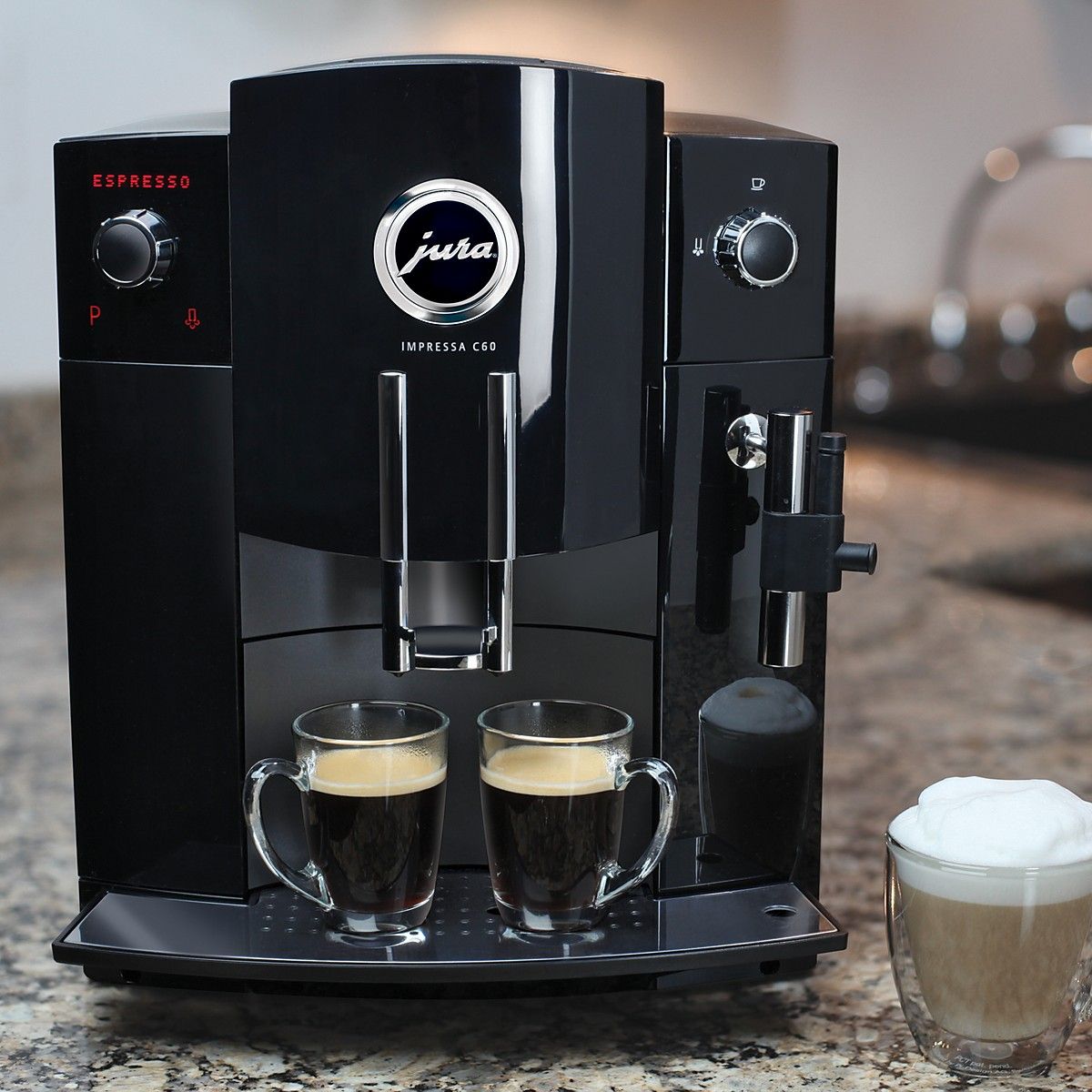
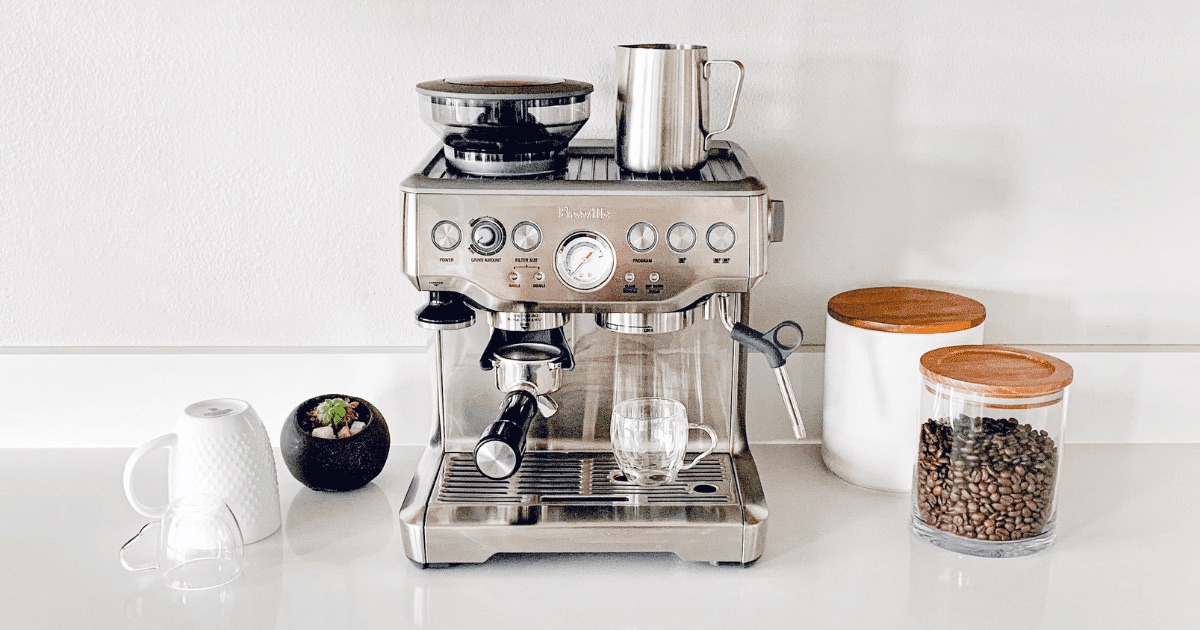
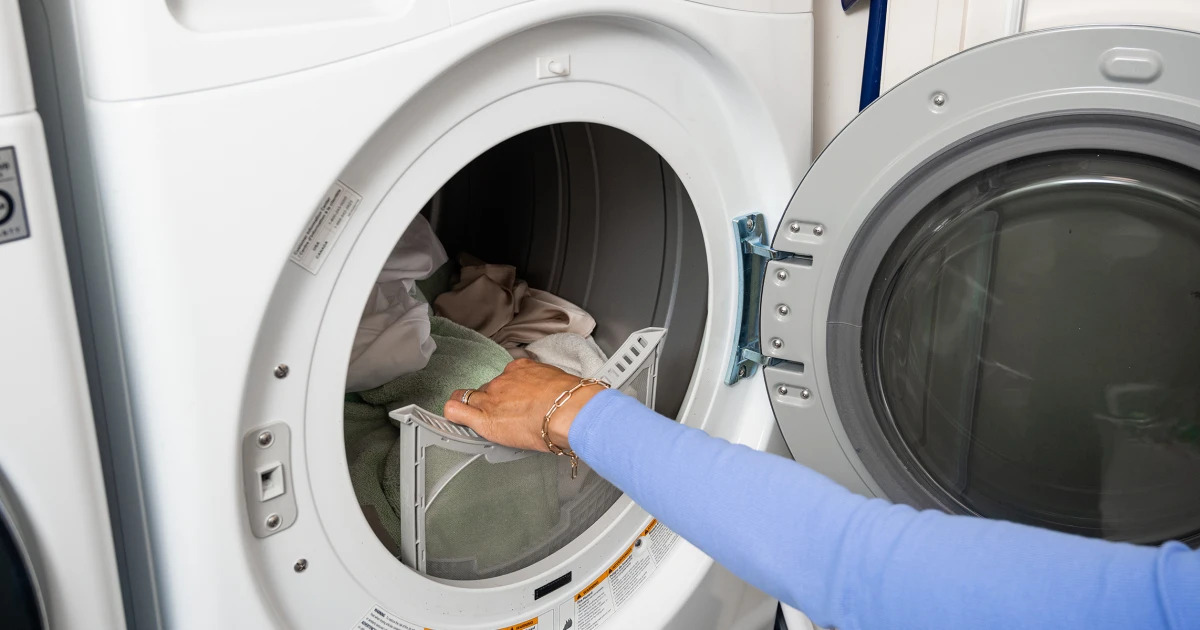

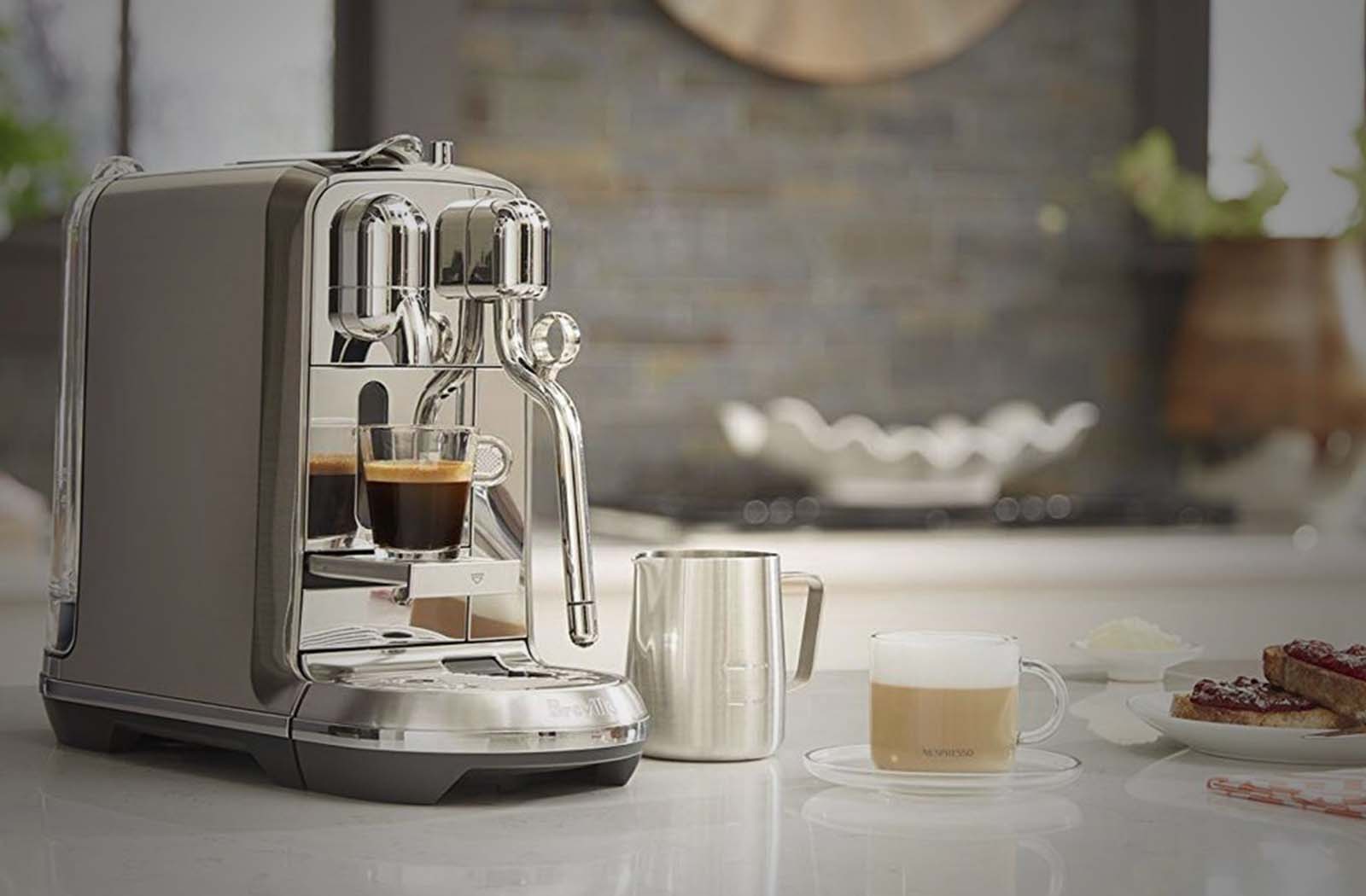
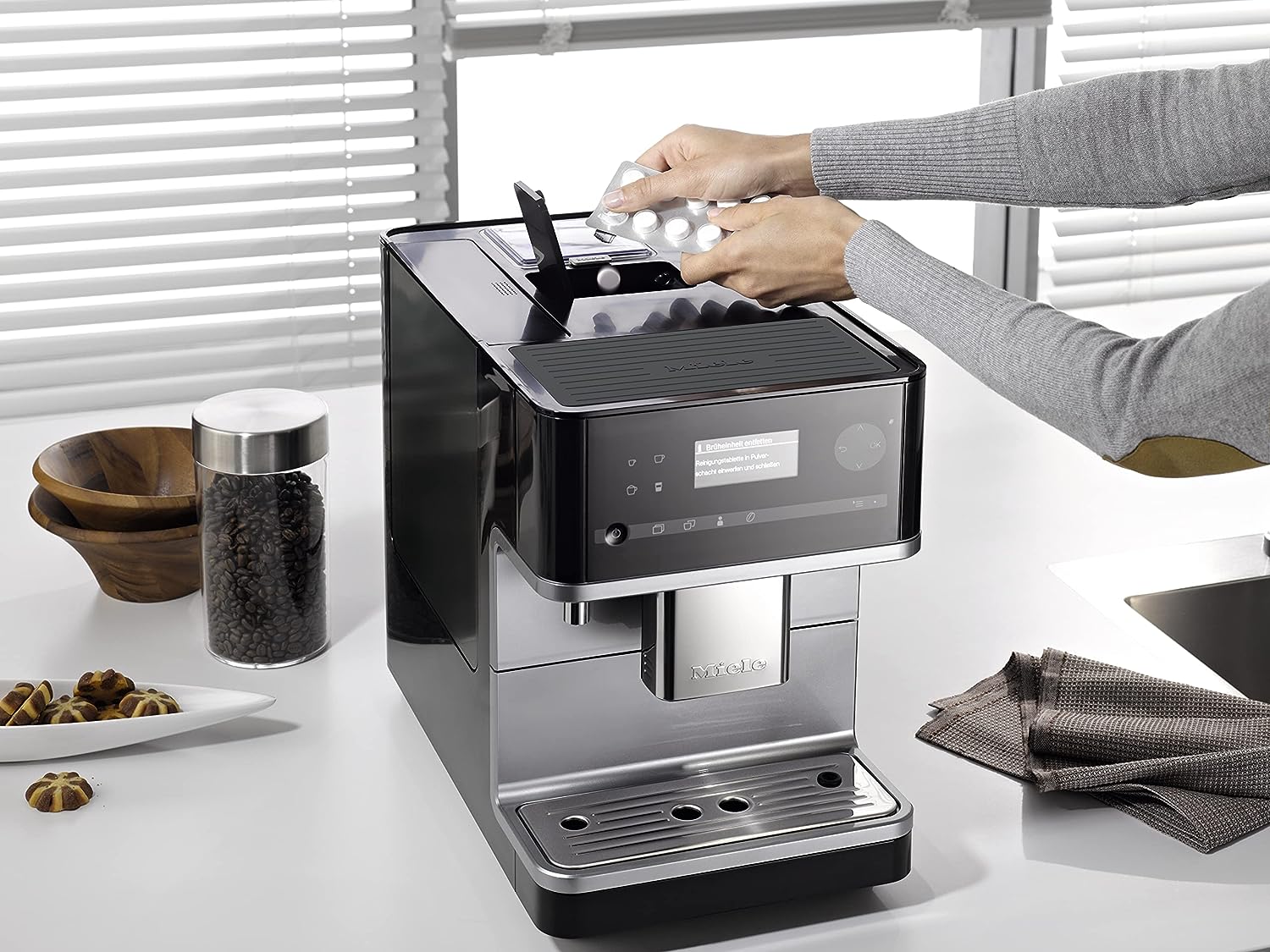

0 thoughts on “How Often To Clean Coffee Machine”